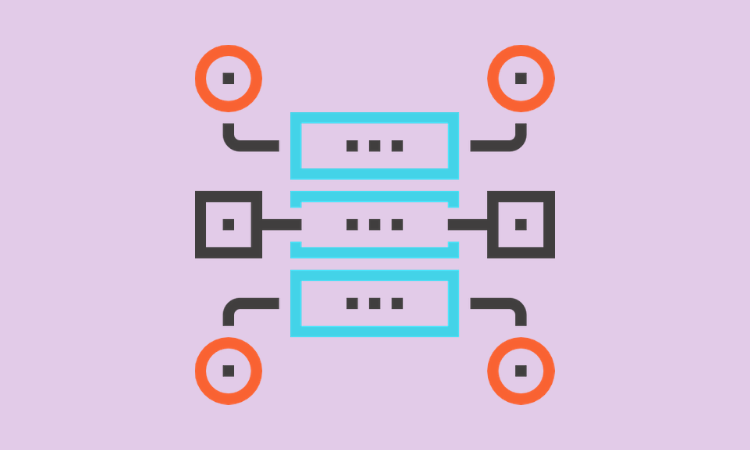Payments, Podcasts
Finix Payments’ Richie Serna: ‘The next generation of billion dollar payments companies won’t look like Stripe or Square’
- Software companies are morphing into payment companies.
- To do that, they must bring payments in-house and Finix wants to make that easier and more profitable for them.








